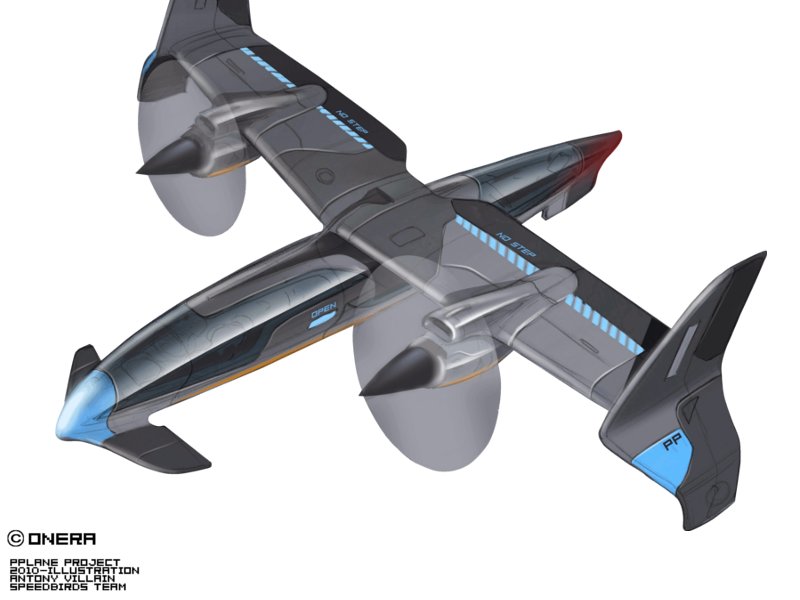Automating unmanned aircraft transportation

Related topics
Innovation Transport Smart, green and integrated transport Czechia France Germany Greece Italy Netherlands Poland Slovenia Spain Israeldate: 30/07/2014
Project: Personal Plane: Assessment and Validatio...
acronym: PPLANE
See also: CORDIS
Contact: Contact
The project team developed a personal automated self-service concept aircraft, measuring 8 metres in length with a 12-metre wingspan. From the outset, the researchers emphasised an environmentally responsible design, including noise and gas emission reduction as well as energy efficiency. When implemented, the aircraft is expected to increase savings and sustainability while decreasing the overall impact of traffic on the environment.
The price to fly on PPlane would be close to that of a standard train ticket. Reservations would be available online by entering departure and destination points at existing regional airports. Once passengers have boarded, the plane would start automatically once authorised to do so by air traffic control.
“Travel could become far easier wherever people live. As the aircraft is electric with assisted take-off and landing infrastructures, noise pollution impact on the local population would be minimal,” says project coordinator Claude Le Tallec from ONERA, the French Aerospace Lab in Chatillon.
Involving 13 partners , PPlane was partially based on the findings of previous European research and development projects. This includes 'Out-of-the-Box', which aimed at identifying potential new concepts and technologies for future air transport.
The research partners set ambitious targets in order to deliver significant reductions of noise and emissions, substantial increases in fuel efficiency, a safety level comparable to that of conventional airliners and lower costs.
PPlane must first pass various certification levels in order to be allowed to fly. According to Le Tallec, “the plane could be operational by 2030. However, a project of this technological scale would require commercial investment and a certain social acceptance - challenges the research team was well aware of during development.”
The price to fly on PPlane would be close to that of a standard train ticket. Reservations would be available online by entering departure and destination points at existing regional airports. Once passengers have boarded, the plane would start automatically once authorised to do so by air traffic control.
“Travel could become far easier wherever people live. As the aircraft is electric with assisted take-off and landing infrastructures, noise pollution impact on the local population would be minimal,” says project coordinator Claude Le Tallec from ONERA, the French Aerospace Lab in Chatillon.
Involving 13 partners , PPlane was partially based on the findings of previous European research and development projects. This includes 'Out-of-the-Box', which aimed at identifying potential new concepts and technologies for future air transport.
The research partners set ambitious targets in order to deliver significant reductions of noise and emissions, substantial increases in fuel efficiency, a safety level comparable to that of conventional airliners and lower costs.
PPlane must first pass various certification levels in order to be allowed to fly. According to Le Tallec, “the plane could be operational by 2030. However, a project of this technological scale would require commercial investment and a certain social acceptance - challenges the research team was well aware of during development.”
